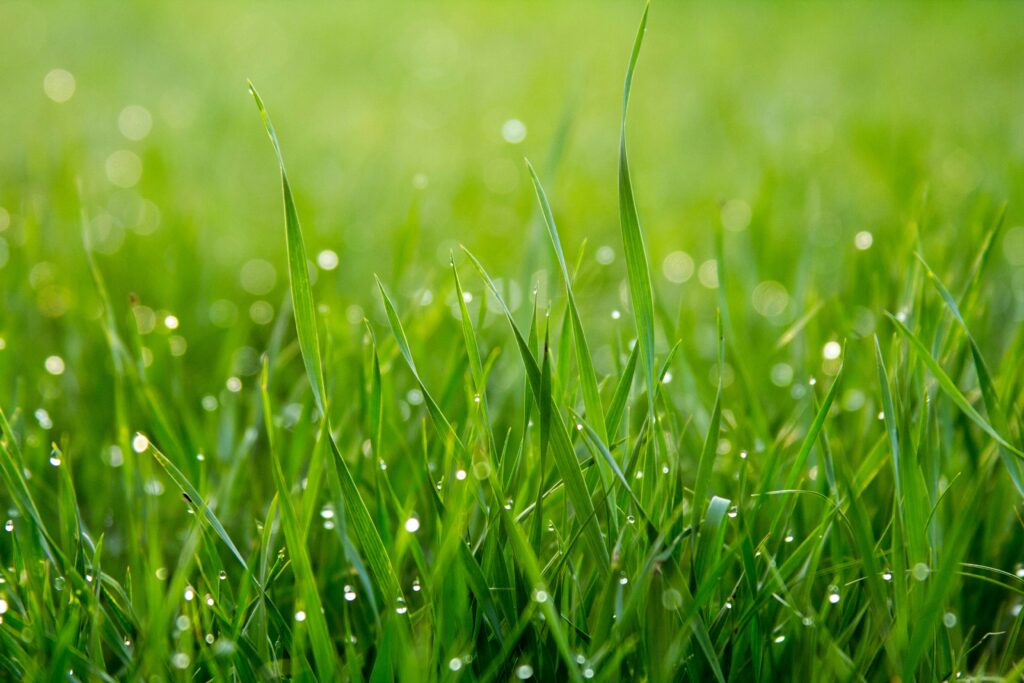Decoding the Scents of Rain, Freshly Cut Grass, and Old Books
Reading Time – 4 Minutes, Difficulty Level – 2/5
There are so many emotions and memories bundled into one single sniff that not everyone will have the same experience when smelling the same aromas. Our mood and productivity is influenced by those aromas.
There are some smells that I find very pleasant every time I come across them, but I never know exactly where they are coming from. So I decided to do a little research. What makes the smells of rain, freshly cut grass, and old books so particular and compelling that they make me close my eyes and sniff deeply?
Rain

It is a cloudy day, a thunderstorm is approaching, you take a deep sniff and you know it. It’s going to rain. The air smells like rain.
That fresh, earthy smell comes from ozone (O3) molecules released when lighting strikes, and from the oils and chemicals released from the soil.
In 1964, two Australian scientists studied the rain’s aroma and came up with the name Petrichor to explain the scent we smell after rain falls on dry soil. The word is a combination of Ancient Greek words: petra (rock) and ichor (the blood of gods).
Petrichor has two main protagonists: soil bacteria called Actinomycetes and the geosmin they produce.
During dry periods, the bacteria produces spores that accumulate in the soil. These spores contain geosmin and when it rains, the raindrops hit the ground and forces the spores up into the air (like aerosols), transporting the geosmin right into our noses.
We don’t “smell rain” every time it rains. It is a combination of chemistry and timing that allow us to experience the aroma. Sensing the smell of rain is more common after light/moderate rains because the slow speed at which rain falls allows the aerosols to travel through air in larger distances.
Freshly Cut Grass

Did you know that the smell of freshly cut grass is a form of plant communication to alert other plants of nearby danger?
The odor comes from green leaf volatiles (GLVs) that plants release when grass is cut, for example with a lawn mower. Lipoxygenase enzymes break down membranes in the plant’s cells producing linoleic and linolenic acids. In combination with oxygen from the air, the acids are transformed into cis-3-hexanal, which rapidly breaks down into cis-3-hexenol (leaf alcohol) and (E)-2-hexenal (leaf aldehyde).
This “stew of molecules” is the freshly cut grass smell.
Old Books

Stepping into second-hand bookshops or musty libraries is much like travelling back in time. Pick up an old book, turn its pages and breathe in the scent. How many have read this book before? Where has it been stored? How old is it?
The scent of those old books is a combination of chemical markers of decay and where and how a book was stored.
A book is mainly made of paper, ink and adhesives that contain hundreds of volatile organic compounds (VOCs). With the passing of time, these components are broken down, releasing VOCs into the air.
Most old books carry an earthy, musty, sweet fragrance arising from the decomposition of paper. As the pages age, compounds like furfural, benzaldehyde, toluene, and hexanal are emitted into the air. However, the aroma is also shaped by the book’s environment over the years. The scent absorbs notes of cigarette or pipe smoke if exposed to them, or hints of firewood if stored near a fireplace. Even dust from a bookshelf can infuse the pages with its own mustiness. Pressed flowers or perfumed papers tucked inside can leave behind their own floral or aromatic traces as well. And in this way, the smell of an old book becomes a layered history recorded in its pages – both its inherent chemistry and the imprints left by its journeys.
Whether from well-worn books, freshly cut grass, an impending rainstorm, or even something as simple as bread fresh from the oven, scents have a profound ability to evoke memories and transport us through time. Inhale deeply and let your senses take you wherever those familiar smells may lead – you may be surprised at the vivid recollections they can unlock.
References:
- https://www.sciencehistory.org/stories/magazine/whats-that-smell-youre-reading/
- https://www.livescience.com/65400-why-freshly-cut-grass-smells-good.html
- https://www.livescience.com/37648-good-smells-rain-petrichor.html
- https://earthsky.org/earth/what-is-smell-of-rain-petrichor/

I have always been passionate about Natural Science so, holding a bachelor’s degree in Biochemistry has given me the chance to learn and explore different science subjects. I keep my internal batteries charged by spending time in nature, playing sports, reading literature (Dostoevsky, Chekov, Sacks, Gabaldon are some of my favorites), writing and watching out of this world series like Star Trek, Star Wars and Outlander.







